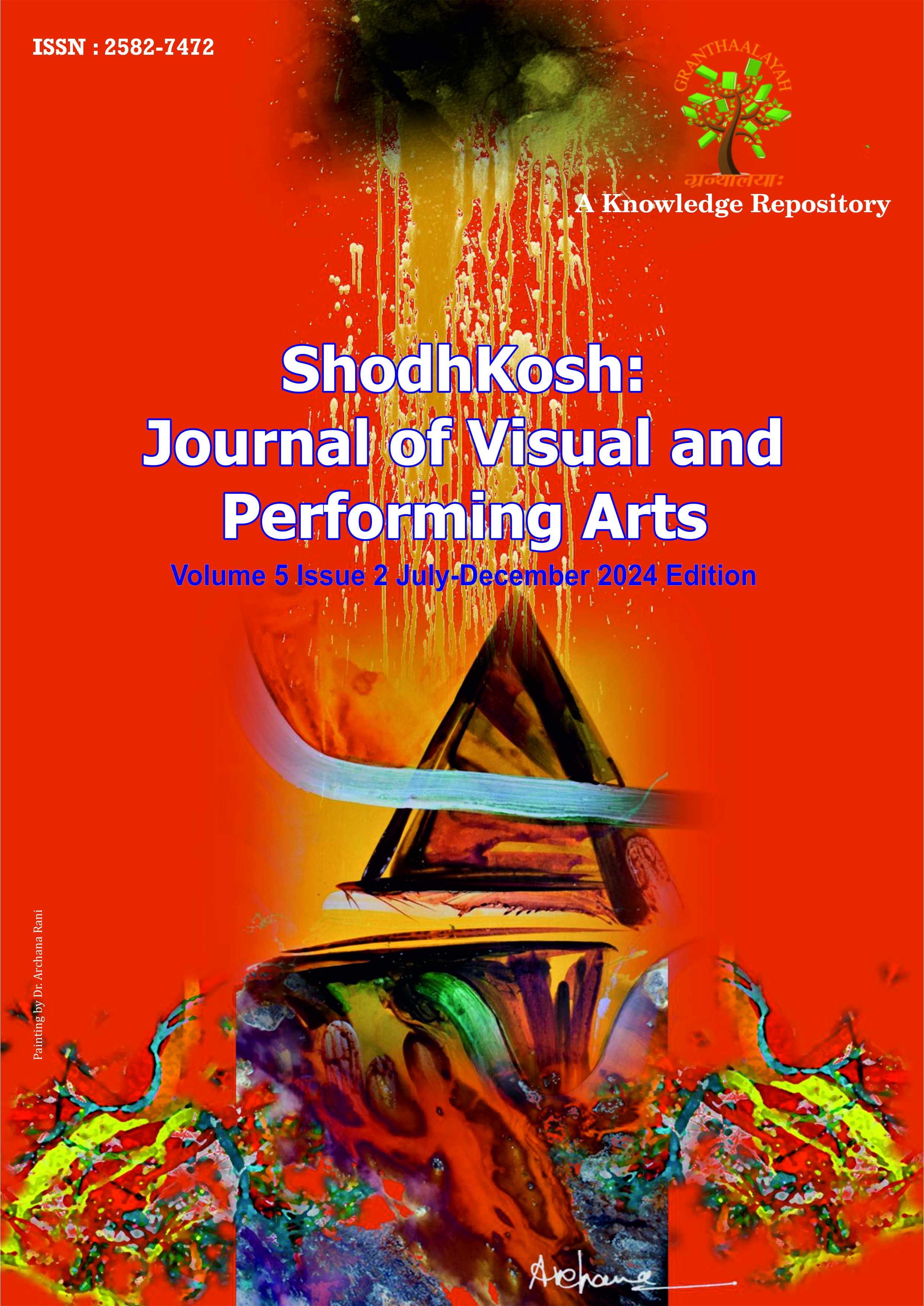VISUALIZATION - AN AMAZING PROCESS TO REMEMBER PERMANENTLY
DOI:
https://doi.org/10.29121/shodhkosh.v5.i2.2024.1942Keywords:
Human Brain, Dimensions Of Education Visualization, Imaginamtion Brain Science, Mnemonics, Memory Techniques, Imagination, Visualization, Association, Recollection, Creativity, Positivity, Learning Techniques, Exam Planning, Revision, Retention, Learning, HabitsAbstract [English]
Visualization is a strong support to have a powerful and permanent memory,memory in the brain is the combination of two pieces of information; this is what we call association. If we use this association methodically, we can remember everything we want to remember. The importance of remembering anything lies in being able to recall it at the right time. To recall any information, a question is needed. Notice that to remember anything stored in your memory, we ask a related question. In exams, questions are asked, which include a part of any information, and the related information is written in the answers.The ability to remember well and completely depends on how the information is combined. If we can somehow link pieces of information so that one piece helps recall the other, we will be able to remember most things. In education memorization can also be called as 4th dimension of education.As a car has four wheels , education has four dimensions: reading, writing, understanding, and memorizing. We often excel at reading, writing, and understanding, but we struggle with memorizing effectively. Consequently, we never forget how to read, write, and understand, but we often forget what we've memorized. This is why we need to keep repeating information to retain it, making memorization the most time-consuming part of studying. The traditional method of repetition or rote learning is outdated. Fundamentally, the brain registers information in four ways, converting it into memory. This process is called memorization.
References
Advanced educational psychology - KP Singh ch 28 page no 415 - 422, ch 29 p n 423-437
Shiksha Manovigyan P D Pathak - ch 28 p n 247 - 258, ch 29 pn 259
The Complete Guide to Memory Mastery - Harry Lorayne
Hussain, Z. (2004). Synergy of East and West for greater creativity. In M. Fryer (Ed.), Creativity and Cultural Diversity (90-91). England. The Creativity Centre Educational Press page-122.
Lubart, T.I. (1990). creativity and cross cultural variation. International Journal of Psychology, 25, 39-59. DOI: https://doi.org/10.1080/00207599008246813
Lubart, T.I. (2010). Cross-cultural perspectives on creativity. In: Kaufman JC and Sternberg RJ(eds.), The Cambridge Handbook of Creativity. New York: Cambridge University,page-43 DOI: https://doi.org/10.1017/CBO9780511763205.017
S.G., Murdock, M.C., Firestien, R., & Treffinger, D.J., (1994). Understanding and Recognizing Creativity. Norwood, NJ: Ablex, page-98.
Sternberg, R.J.(1999). Handbook of Creativity. New York : Cambridge University Press, page-16.
Downloads
Published
How to Cite
Issue
Section
License
Copyright (c) 2024 Vinod Sharma

This work is licensed under a Creative Commons Attribution 4.0 International License.
With the licence CC-BY, authors retain the copyright, allowing anyone to download, reuse, re-print, modify, distribute, and/or copy their contribution. The work must be properly attributed to its author.
It is not necessary to ask for further permission from the author or journal board.
This journal provides immediate open access to its content on the principle that making research freely available to the public supports a greater global exchange of knowledge.




























